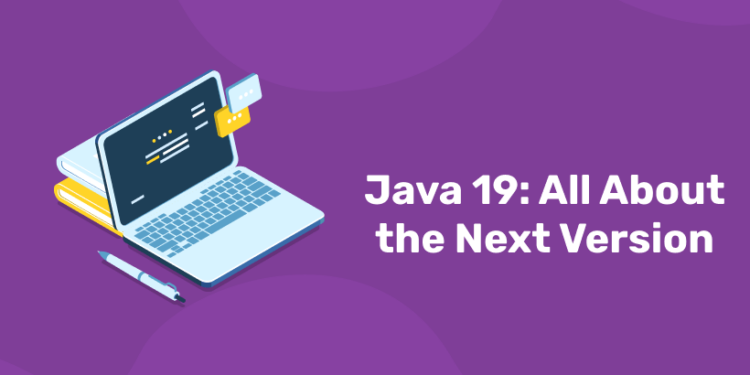Table of Contents
Java Development Kit 19, expected to arrive this soon this year, now has an initial segment officially presented to target it: A port of the JDK to the open-source Linux/RISC-V instruction set architecture (ISA).
JDK 19, or just Java 19, potentially could host an extensive number of components, ranging from universal generics to value objects, according to plans underway for improving Java. But so far, the RISC-V port is the only officially proposed component to target JDK 19. JDK 19 would pursue JDK 18, which is due March 22. Standard Java is on a six-month release cadence.
Java 19 an Overview
Java 19 is now starting to take form. The next release of standard Java is set to drive forward with an API to interoperate with code outside the Java runtime, the first of many potential proposals that could cover capacities ranging from universal generics to a RISC-V port.
The Java 19 proposal now flowing in the OpenJDK community is a foreign function and memory API, which would permit Java programs to interoperate with code and data outside of the Java runtime. The component will be previewed in Java Development Kit (JDK) 19, which is predicted to arrive soon this year.
Learn to code from industry experts! Enroll here!
Identified as JEP (JDK Enhancement Proposal) 424, the foreign process and memory API would gather code outside the JVM by accessing foreign memory. This API was featured in an incubator stage in JDK 17 and will be re-incubated in JDK 18, which is planned to ship on March 22. For JDK 19, the API would drive to a preview stage, incorporating improvements based on feedback. JDK 19 will be a short-term release of Java aid for just six months.
Another option for inclusion in JDK 19 is a vector API, which is being incubated for the third time in JDK 18. A fourth incubation has been suggested. This API would sound vector computations that collect at runtime to optimal vector instructions. Pattern matching for switch expressions and statements, which is experiencing a second preview in JDK 18, is another option.
Overall, Java this year is slated to continue the growth of four initiatives, Oracle declared. These contain Project Valhalla, to incubate progressive JVM and language features; Project Panama, to interconnect native and JVM code; Project Loom, to enhance concurrency; and Project Amber, to research and incubate smaller, productivity-oriented Java language elements.
Features of Java 19
1: What is the default value of a boolean in Java?
The following mentioned elements, which are the subject of JEPs or draft JEPs not now targeted to an exact version of Java, could very well discover their way into Java 19:
- A preview from Valhalla of universal generics. Supplied through three JEPs, universal generics would unify the remedy of reference and elementary types in generic code by letting Java type variables range over both kinds of types.
- A preview of value objects, also an improvement from Valhalla, delivers class examples that have only final instance fields and lack object identity. Identity-free value classes would be displayed.
- A preview of record patterns, to deconstruct record values. This is a part of Project Amber.
- Region pinning for the G1 garbage collector, to decrease latency by executing region pinning to G1 so garbage collection does not require to be disabled during JNI (Java Native Interface) critical regions.
- A Linux port of the JDK for RISC-V, an open-source, royalty-free instruction set architecture.
Learn to code from industry experts! Enroll here!
Some of these components, if they do not end up in JDK 19, might end up in the following release such as JDK 20, which would arrive in March 2023, based on standard Java’s six-month release rhythm. Others might fall to an even later release or perhaps never cut to be in Java at all. Java 19 is a broad area to learn. Learning through ENTRI App will provide much more notes regarding Java and all.














